Home>Storage Ideas>Bedroom Storage>Can You Wash Whites With Colors? Here’s What An Expert Says


Bedroom Storage
Can You Wash Whites With Colors? Here’s What An Expert Says
Modified: January 6, 2024
Discover expert advice on washing whites with colors. Learn the best practices in bedroom storage to keep your whites and colors looking fresh and bright.
(Many of the links in this article redirect to a specific reviewed product. Your purchase of these products through affiliate links helps to generate commission for Storables.com, at no extra cost. Learn more)
Introduction
Laundry is a chore that everyone has to tackle regularly. Sorting through loads of clothes, deciphering the care labels, and deciding whether to wash whites and colors together can be a perplexing task. Can you really throw your favorite white shirt in with your vibrant red dress without risking a laundry disaster?
Understanding the difference between whites and colors is crucial before diving into the realm of mixed laundry. Whites typically refer to garments that are completely or primarily white, while colors encompass all other hues. The distinction goes beyond aesthetics – whites and colors often require different cleaning methods due to the varying fabric types and dyes used.
When it comes to fabrics, whites are commonly made of materials such as cotton, linen, or synthetic fibers that can withstand stronger cleaning agents. Colors, on the other hand, encompass a wide range of fabrics, including cotton, polyester, silk, and blends, which may have different sensitivity levels and require more delicate care.
Another key aspect to consider is the type of dye used in the garment. Whites are typically bleached or dyed with optical brighteners, which give them their pristine bright appearance. Colors, on the other hand, are dyed using colorfast dyes, which are designed to resist fading during washing and repeated use. This difference in dyeing methods can impact how clothes should be treated during laundry.
So, can you wash whites with colors? The answer is not a simple “yes” or “no.” It depends on several factors, including the care labels, colorfastness of the garments, and the sensitivity of the fabrics.
Key Takeaways:
- Understanding the differences between whites and colors, considering care labels, and sorting laundry can help minimize the risks of color bleeding and achieve better washing results when washing whites and colors together.
- Utilizing color catchers, washing in cold water, and exploring alternative methods like oxygen bleach and natural brightening agents can help maintain the vibrancy of whites and colors while minimizing potential risks.
Understanding the Difference between Whites and Colors
When it comes to laundry, understanding the fundamental differences between whites and colors is essential to ensure proper care and maintenance. Let’s explore two key aspects: types of fabrics and types of dyes.
Types of Fabrics
Whites are typically made of fabrics such as cotton, linen, or synthetic fibers. These materials are often more durable and can tolerate stronger cleaning agents like bleach. They are also more forgiving when it comes to stain removal. So, if you accidentally spill coffee on your white cotton shirt during breakfast, there’s still hope for it to come out stain-free.
Colors, on the other hand, encompass a wide range of fabrics. You can find colorful garments made of cotton, polyester, silk, and various blends. Each fabric type may have different care requirements and sensitivity levels. For instance, silk may require gentle handwashing or dry cleaning, while cotton can generally withstand machine washing.
Types of Dyes
Whites often undergo a different dyeing process than colored garments. They may be bleached or treated with optical brighteners to achieve their pristine, bright appearance. These optical brighteners absorb light in the ultraviolet spectrum and re-emit it as visible light, making the whites look whiter and more vibrant.
Colors, on the other hand, are dyed using colorfast dyes that are specially formulated to resist fading during washing and exposure to light. These dyes chemically bond with the fabric fibers, creating a lasting and vibrant color that withstands repeated use. However, they may still experience some color loss over time, especially if not properly cared for.
Understanding the types of fabrics and dyes used in whites and colors helps decipher the best washing and care methods for each garment. Now, let’s move on to the important factors to consider when deciding whether you can wash whites and colors together.
Factors to Consider
Before throwing your whites and colors into the same laundry load, there are several important factors to consider. These factors include the care labels, colorfastness of the garments, and the sensitivity of the fabrics.
Care Labels
The care labels found on clothing provide valuable instructions on how to properly wash and care for the garment. It’s crucial to follow these guidelines to avoid damaging the fabric or compromising the color. Some garments may have specific instructions to wash them separately or only with like colors. Pay close attention to these instructions to ensure you maintain the quality of your clothing.
Colorfastness
Colorfastness refers to a garment’s ability to retain its color during washing and everyday use. A colorfast garment will not bleed or transfer its color onto other fabrics. To test colorfastness, you can perform a simple colorfastness test by dampening a small, inconspicuous area of the garment with water and gently rubbing it with a white cloth. If no color transfers to the cloth, the garment is considered colorfast. If color transfers, it’s best to wash the garment separately to prevent the dye from bleeding onto other items.
Fabric Sensitivity
Some fabrics are more delicate and require gentler care. For example, silk garments should ideally be hand washed or dry cleaned to preserve their delicate fibers. Mixing them with other fabrics, especially those with rough textures or zippers that can cause friction, may lead to damage or pilling. It’s important to consider the sensitivity of the fabrics and ensure that mixing them will not result in any damage or alteration to the garments.
By considering the care labels, colorfastness, and fabric sensitivity, you can make a more informed decision on whether it’s safe to wash whites and colors together. In the next section, we will discuss how to properly prepare your laundry before washing.
Preparing the Laundry
Properly preparing your laundry is an important step before washing whites and colors together. This includes sorting your clothes and treating any stains that may be present.
Sorting Clothes
Sorting your laundry is crucial to prevent color bleeding and preserve the quality of your garments. Sort your clothes into three main categories: whites, lights, and darks. Whites include garments that are primarily or completely white, while lights encompass pastel shades and lighter colors. Darks include deep colors such as blacks, blues, and reds.
- Whites: White t-shirts, socks, underwear, and other garments that are predominantly white.
- Lights: Pastel-colored clothing and garments with lighter shades, such as pale pinks, yellows, and light blues.
- Darks: Deep-colored clothing, including black, navy, burgundy, and other rich hues.
Sorting your laundry in this way helps to minimize the risk of color transfer and bleeding. It also allows you to use appropriate washing settings and detergents for each category.
Treating Stains
Before tossing your clothes into the washing machine, it’s essential to treat any stains that may be present. Stains on white garments can be especially noticeable and stubborn to remove. Begin by identifying the type of stain and using the appropriate stain remover or treatment method.
- Food stains: Pre-treat with a gentle stain remover or a mixture of dish soap and water.
- Grease or oil stains: Absorb excess oil with a paper towel and use a grease-fighting detergent or a pre-wash stain remover.
- Grass stains: Apply a mixture of equal parts hydrogen peroxide and liquid dish soap to the stained area.
- Red wine stains: Sprinkle salt or baking soda to absorb excess liquid, then apply a stain remover specifically designed for red wine stains.
By treating stains before washing, you increase the chances of successfully removing them and keeping your whites looking bright.
Preparation is key to achieving clean and vibrant laundry. By sorting your clothes and treating stains, you can ensure a more effective and efficient washing process. In the next section, we will delve into the selection of the right detergent for washing whites and colors together.
Choosing the Right Detergent
Choosing the appropriate detergent is essential when washing whites and colors together. The right detergent can help keep your whites bright, prevent color fading, and effectively clean your garments. Consider the following factors when selecting your detergent: bleach vs. color-safe alternatives and high-efficiency detergents.
Bleach vs. Color-Safe Alternatives
Bleach is a common choice for whitening and brightening white garments. It is effective at removing tough stains and maintaining the brightness of your whites. However, it can cause color fading and damage to colored fabrics. Therefore, it is not advisable to use bleach when washing whites and colors together unless the garments are colorfast.
If you prefer to avoid using bleach, there are color-safe alternatives available. Look for detergents that are specifically formulated to be safe for both whites and colors. These detergents typically contain brighteners and enzymes to enhance the appearance of whites and keep colors vibrant. They are designed to prevent color bleeding and fading, making them a suitable option for mixed laundry loads.
High-Efficiency Detergents
If you have a high-efficiency (HE) washing machine, it is important to choose a detergent specifically labeled for HE use. These detergents are formulated to work efficiently with lower water levels and the different wash cycles of HE machines. Using a regular detergent in an HE machine can result in excess sudsing, inefficient cleaning, and potential damage to the machine.
When selecting a detergent, check the label for compatibility with both whites and colors, and ensure that it is appropriate for your specific washing machine type. This will help you achieve optimal cleaning results while preserving the quality and appearance of your clothes.
Choosing the right detergent is a critical step in maintaining the cleanliness and longevity of your whites and colors. As we move forward, we will explore the advantages and potential risks of washing whites and colors together.
Wash whites with colors only if they are colorfast and have been washed before. Use cold water and a color-safe detergent to prevent bleeding.
Washing Whites and Colors Together: Pros and Cons
Washing whites and colors together can be convenient, time-saving, and efficient. However, it’s important to consider both the advantages and potential risks before combining these two categories of clothing in a single laundry load.
Advantages of Washing Whites and Colors Together
- Time and Energy Savings: By washing whites and colors together, you can save time and energy by consolidating your laundry loads. It eliminates the need for separate washing cycles, resulting in a more efficient laundry routine.
- Environmentally Friendly: Washing full loads of laundry is more environmentally friendly as it reduces water and energy consumption. By combining whites and colors, you can maximize the capacity of your washing machine and reduce your environmental impact.
- Preservation of Whites: Washing whites with like-colored garments can help prevent them from turning yellow due to lack of use. The slight color transfer from other fabrics can keep whites looking brighter and fresher.
Potential Risks and Drawbacks
- Color Bleeding: One of the biggest risks when washing whites and colors together is the potential for color bleeding. If a colored garment is not colorfast or has excess dye, it may transfer dye onto white clothing, resulting in unwanted discoloration.
- Fading or Color Alteration: Vibrant colors, especially reds and blues, can fade over time due to repeated washing. Washing them with whites may accelerate the fading process and lead to color alteration or a dull appearance.
- Stain Transfer: There is a possibility of stain transfer between garments when washing them together. If a colorfast garment has a stain that is not completely removed during the wash, it may transfer onto other garments, including whites.
It is important to carefully evaluate the pros and cons before deciding to wash whites and colors together. By following proper precautions and implementing effective strategies, you can minimize the potential risks and enjoy the benefits of mixed laundry loads. In the next section, we will provide some helpful tips for washing whites with colors.
Tips for Washing Whites with Colors
If you’ve decided to wash whites and colors together, there are several tips and tricks you can employ to ensure the best possible outcome. These tips will help minimize the risk of color bleeding, fading, and stain transfer. Consider the following suggestions when washing whites with colors:
Using Color Catchers
Color catchers are disposable sheets that are placed in the washing machine during the laundry cycle. They are specifically designed to absorb any color dye released from garments, preventing it from transferring onto other clothes. Using color catchers can be an effective way to safeguard your whites from potential color bleeding. Simply toss a color catcher sheet into the machine along with your laundry to provide extra protection and peace of mind.
Washing in Cold Water
Using cold water for your laundry can help minimize color bleeding and prevent color fading. Cold water is less likely to cause dyes to release from colored garments, reducing the risk of color transfer. It is also gentler on the fibers of your clothes, helping to preserve their quality and appearance. Consider using a cold water cycle for washing mixed loads of whites and colors to maintain the vibrancy of your garments while ensuring their cleanliness.
In addition to these tips, remember to follow the care labels on your clothing and use a color-safe detergent to further protect your whites and colors. And, of course, always check garments for stains and pre-treat them before laundering.
By implementing these tips, you can successfully wash whites with colors while minimizing the potential risks. In the next section, we will explore alternative methods for whitening clothes without relying solely on bleach.
Alternative Methods for Whitening Clothes
If you want to whiten your clothes without relying solely on bleach, there are alternative methods you can try. These methods can be effective at brightening whites and removing mild stains. Consider the following alternatives for achieving whiter clothes:
Oxygen Bleach
Oxygen bleach, also known as non-chlorine bleach, is a gentler alternative to traditional chlorine bleach. It contains hydrogen peroxide or sodium percarbonate, which release oxygen when dissolved in water. Oxygen bleach is effective at removing stains and brightening whites without causing damage or discoloration. You can find oxygen bleach in powdered or liquid form, and it can be used as a pre-soak or added directly to your laundry. Follow the instructions on the packaging for the best results.
Lemon Juice or Vinegar
Lemon juice and vinegar are natural ingredients that have mild bleaching and brightening properties. Both can be used as additives to your laundry to help whiten whites. For lemon juice, simply add about half a cup to your washing machine, along with your regular detergent, and run the wash cycle as usual. Vinegar can be added to the fabric softener dispenser of your washing machine, or you can pour about half a cup directly into the rinse cycle. Both lemon juice and vinegar can help remove stains and brighten whites naturally. However, be cautious when using them on delicate fabrics, as their acidic nature may cause damage if not diluted properly or used excessively.
It’s important to note that these alternative methods may not be as potent as bleach, but they can be effective for maintaining and refreshing the brightness of your whites. They are also gentler options that are less likely to damage your clothing.
Remember to always test these alternative methods on a small, inconspicuous area of your garment before proceeding to ensure they do not cause any adverse effects. Additionally, always follow the care labels and manufacturer’s instructions when treating and laundering your clothes.
By exploring these alternative methods, you can achieve whiter clothes without solely relying on bleach. In the final section, we will wrap up the article with a summary of the key points discussed.
Conclusion
Washing whites and colors together can be a time-saving and efficient approach to laundry, but it is important to consider various factors to ensure the best results. Understanding the difference between whites and colors, considering care labels, and assessing fabric sensitivity and colorfastness are essential steps before mixing laundry loads.
Preparing your laundry by sorting clothes and treating stains is crucial for maintaining the quality and cleanliness of your garments. By sorting clothes into whites, lights, and darks, and pre-treating stains, you can minimize the risk of color bleeding and achieve better washing results.
Choosing the right detergent is key to washing whites and colors together. While bleach can be effective for whitening whites, it should be used with caution to avoid color fading or damage to colored garments. Color-safe alternatives and high-efficiency detergents are suitable options for mixed laundry loads.
When washing whites with colors, there are several tips to consider. Using color catchers can help prevent color bleeding, while washing in cold water can minimize color transfer and fading. These strategies can help maintain the vibrancy of both whites and colors.
If you prefer to avoid using bleach, there are alternative methods for whitening clothes. Oxygen bleach, lemon juice, and vinegar are natural options that can effectively brighten whites without relying solely on harsh chemicals.
In conclusion, washing whites and colors together can be a convenient and practical laundry approach. By understanding the differences between whites and colors, following care labels, and implementing proper techniques and precautions, you can achieve clean and vibrant laundry while preserving the integrity of your garments.
Remember to always test new methods on a small area before applying them to your entire laundry load and consult the care labels and manufacturer’s instructions for best results. With a little bit of knowledge and care, you can successfully wash whites and colors together and enjoy fresh and bright clothing with each laundry cycle.
Frequently Asked Questions about Can You Wash Whites With Colors? Here's What An Expert Says
Was this page helpful?
At Storables.com, we guarantee accurate and reliable information. Our content, validated by Expert Board Contributors, is crafted following stringent Editorial Policies. We're committed to providing you with well-researched, expert-backed insights for all your informational needs.


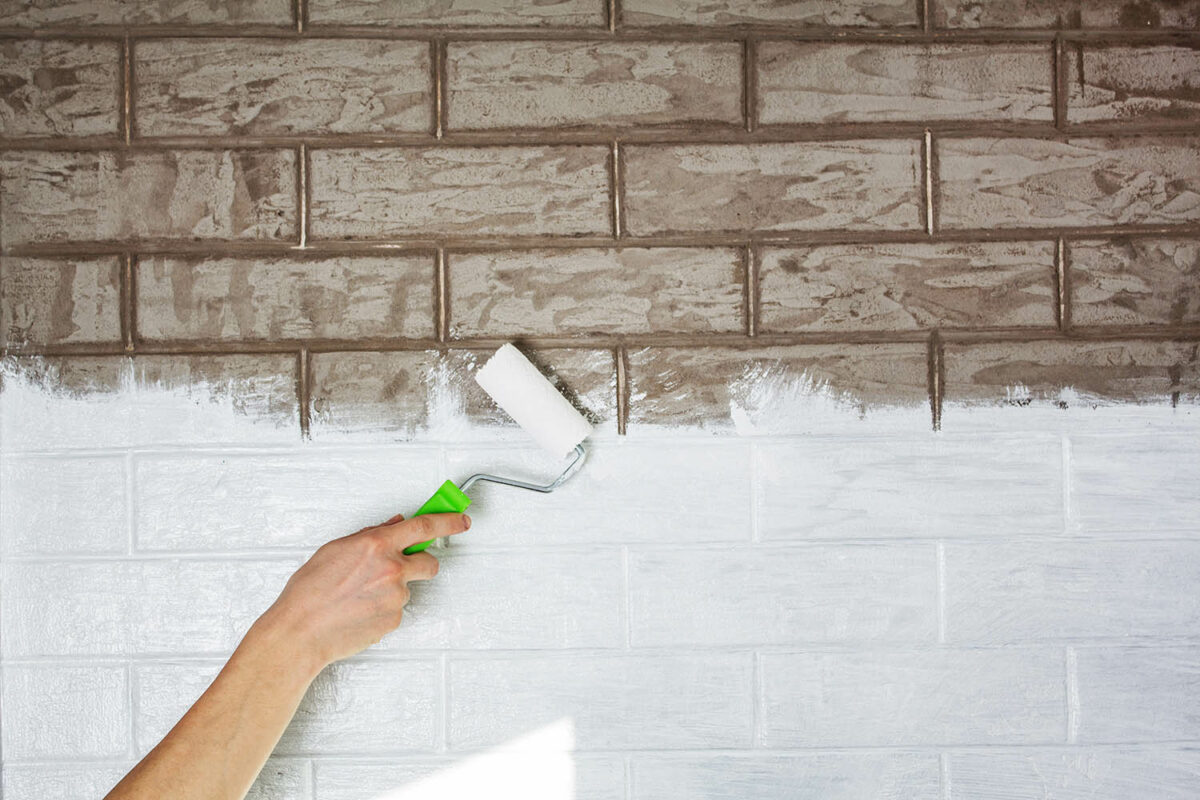
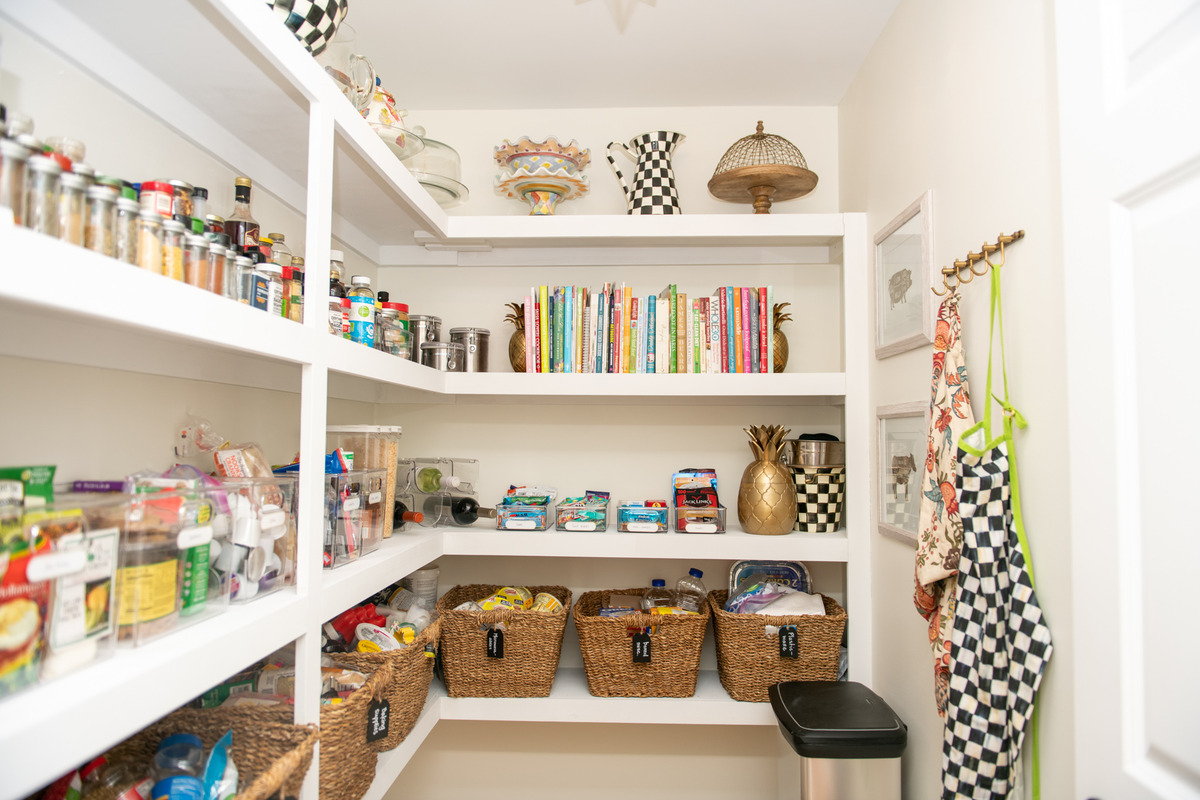

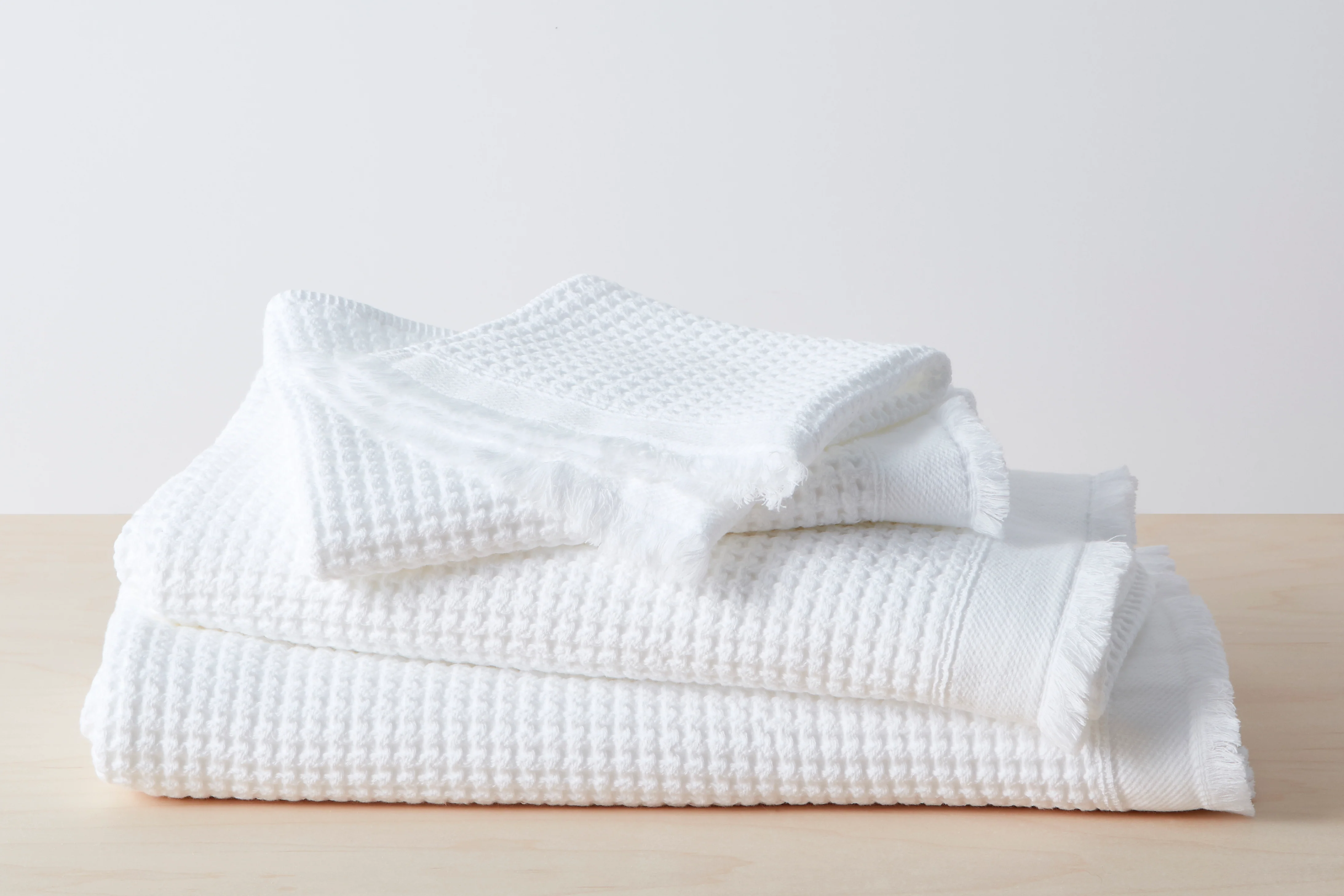
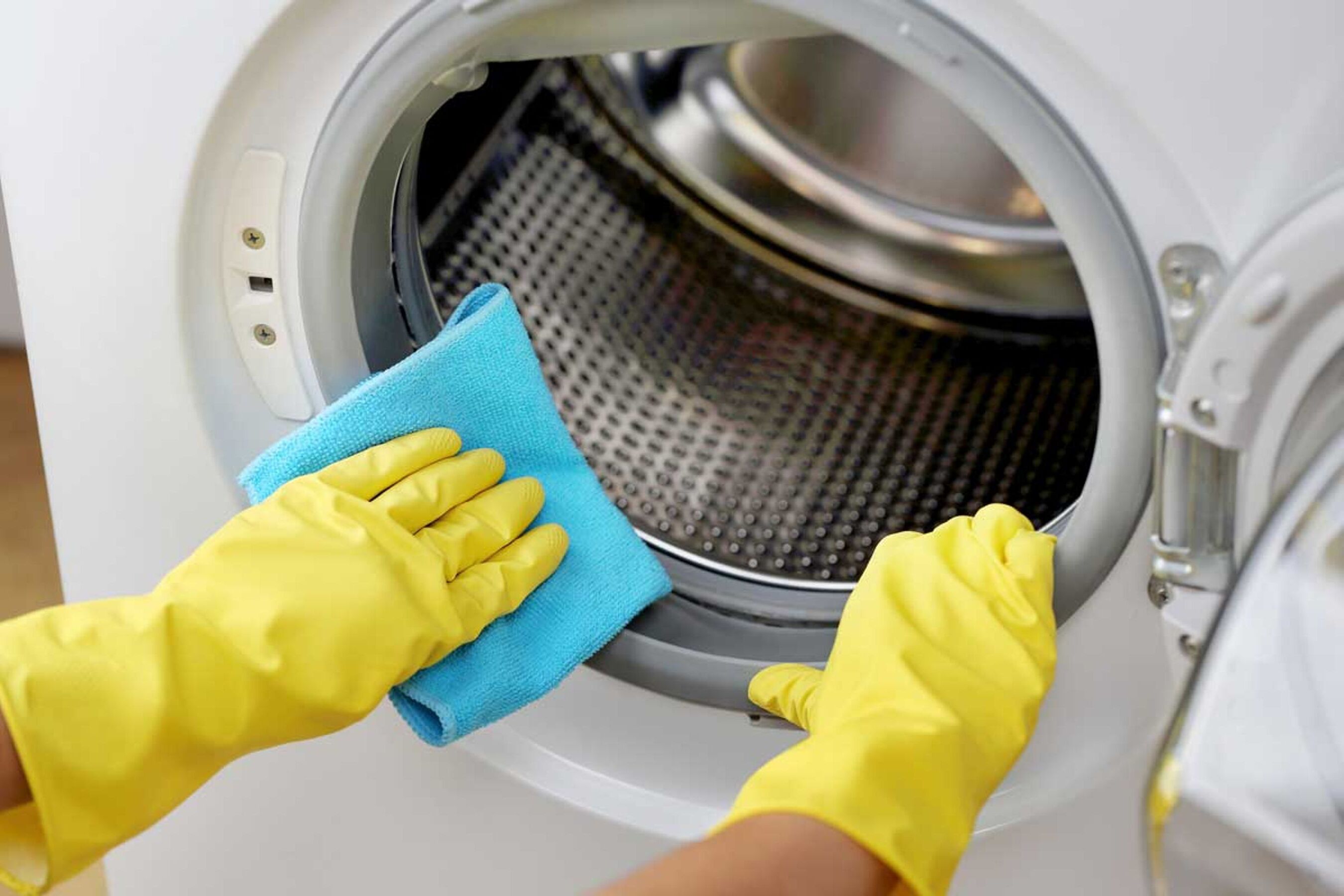
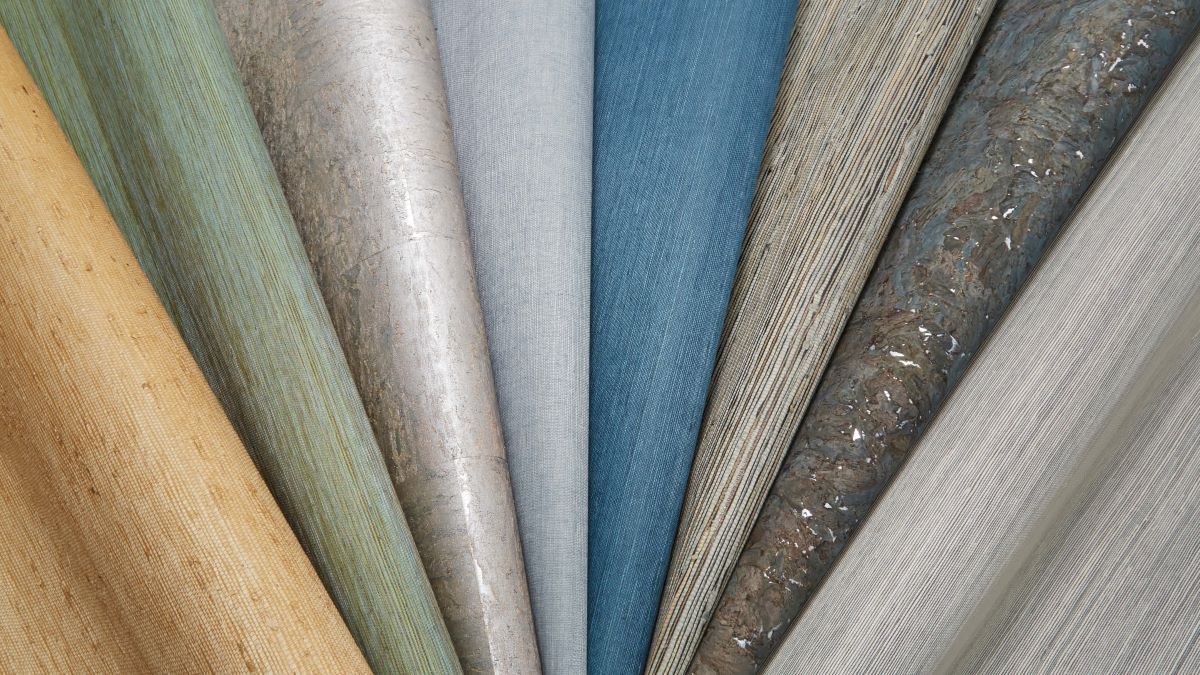



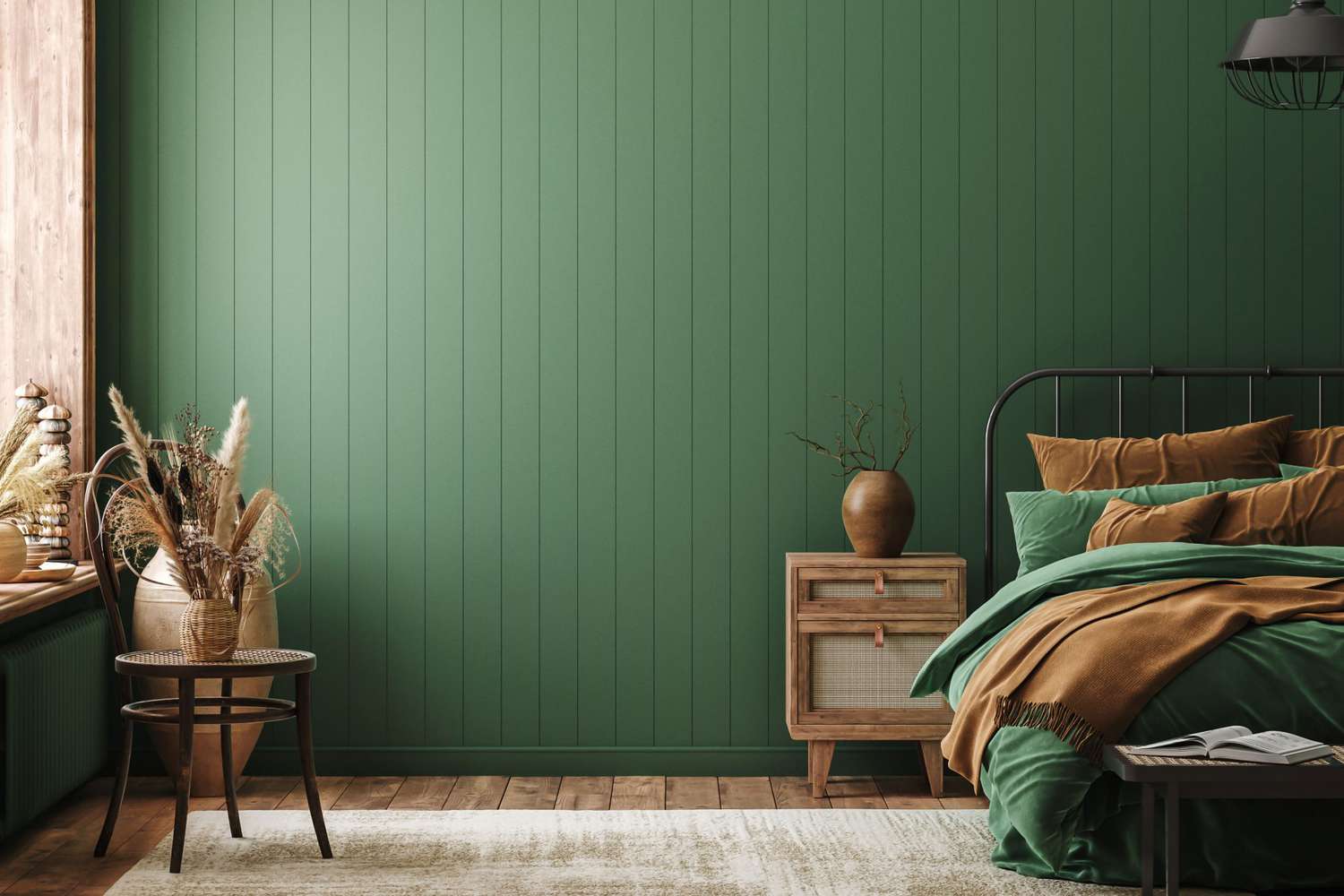



0 thoughts on “Can You Wash Whites With Colors? Here’s What An Expert Says”